Despite UK’s reluctance, India to make all-out efforts in getting Kohinoor back
Indian government is considering both diplomatic as well as legal channels to get back 105-carat stone
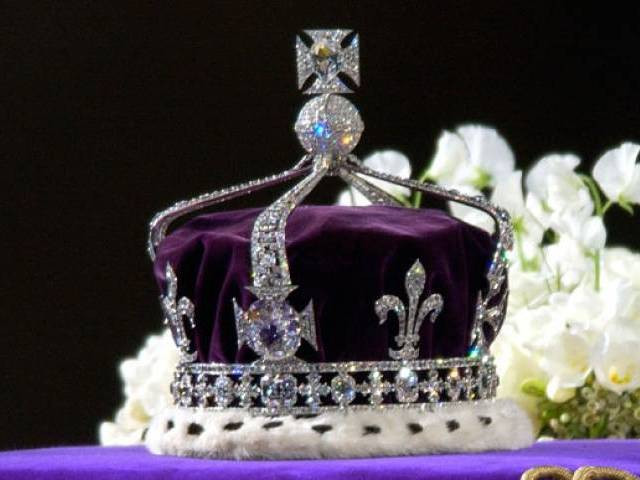
Indian government is considering both diplomatic as well as legal channels to get back 105-carat stone. PHOTO: REUTERS
The gem is the subject of a historical ownership dispute and has been claimed by at least four countries, including India and Pakistan.
India has repeatedly demanded Britain return the 105-carat diamond, which was presented to Queen Victoria in 1850 and today sits on display as part of the Crown Jewels in the Tower of London.
With an estimated value of over $200 million, Kohinoor was transferred to the treasury of the British East India Company in Lahore after the subjugation of Punjab in 1849 by the British forces, which had confiscated the properties of the Sikh Empire.
Koh-e-Noor belongs to Pakistan, says Indian-born British politician
“The government is considering both diplomatic as well as legal channels to get back the diamond. If India is able to get back the diamond through diplomatic efforts, then it would not go for the legal channel. But if that does not fructify, then the government will explore legal option,” Indian daily The Times of India quoted a senior government source as saying.
The development comes in wake of a recent statement by UK Minister for Asia and Pacific Affairs Alok Sharma who said the jewel could probably never find its way to India. “As far as this issue is concerned, there is no legal ground for restitution,” Sharma said during his visit here last week.
The stone was presented to Queen Victoria in 1850 after the Anglo-Sikh wars in which Britain gained control of the Sikh empire of the Punjab, which is now split between Pakistan and India.
In 1976 Britain refused a request to cede the diamond, citing the terms of the Anglo-Sikh peace treaty.
LHC accepts petition seeking return of Koh-e-Noor diamond from British Queen
Former British Prime Minister David Cameron also said he would oppose returning the diamond. The diamond had been an heirloom of the Afghan monarchy and before then was in Persian royal hands, but its true origins remain a mystery.
As political pressure mounts on the Indian government to bring back the diamond, Culture Minister Mahesh Sharma had a meeting with External Affairs Minister Sushma Swaraj recently where it was reportedly decided that India would approach Britain next month on the issue of bringing it back.
The Kohinoor issue snowballed into a major controversy after the Indian government made a submission in the country’s apex court in April that it was neither “forcibly taken nor stolen” by the British but given as a “gift” to the East India Company by the rulers of Punjab, indicating it cannot be claimed by India now.
This article originally appeared on The Times of India

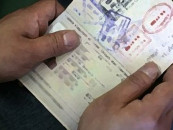


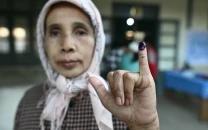
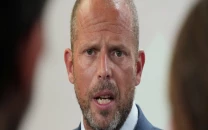
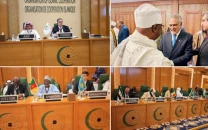












COMMENTS
Comments are moderated and generally will be posted if they are on-topic and not abusive.
For more information, please see our Comments FAQ